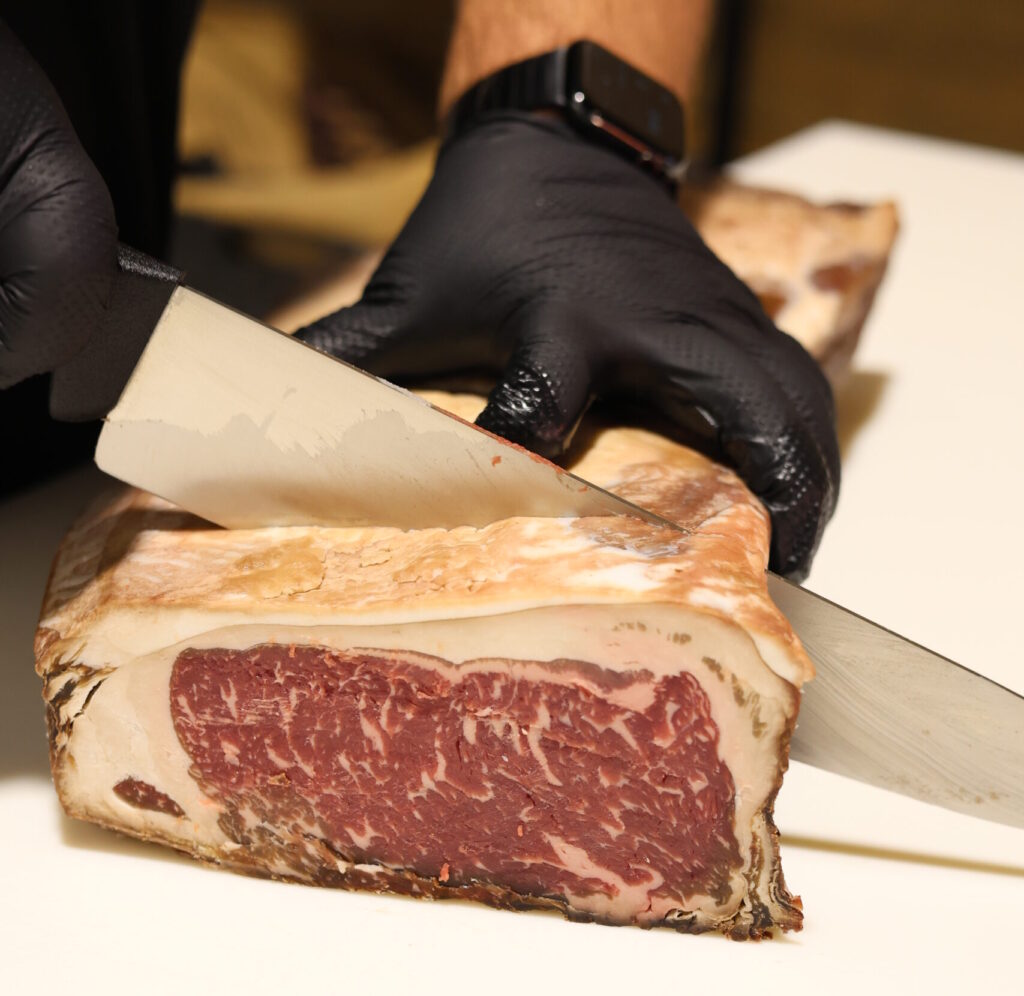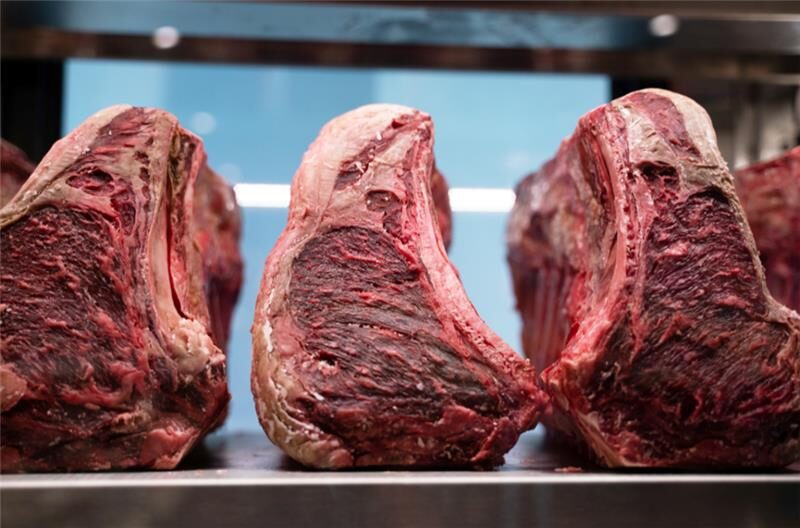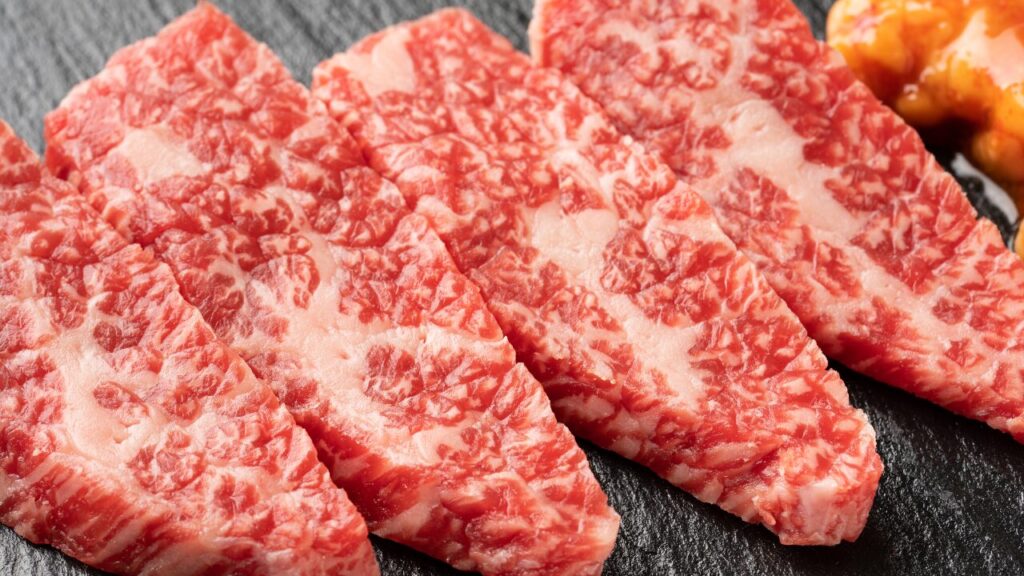Stepping into a butcher shop is an opportunity to discover more than just a cut of meat. It is an invitation to engage with centuries of tradition, skill, and knowledge—a craft known as custom butchering & meat expertise. Every trim, portion, and preparation decision made by a butcher reflects both culinary science and artistry.
For home cooks in Canada, knowing how to work with a local butcher means gaining access to premium cuts tailored to personal tastes, meal plans, and recipes. By learning what services are available and how to make use of them, customers can transform their cooking experiences from routine to remarkable.
This in-depth guide covers the essentials of custom butchering, from understanding cut selection and grading systems to recognizing the value of local butcher services. It also provides butcher cut guide insights, tips for choosing cuts in Canada, advice on personalized cuts, and professional meat prep tips to help home cooks make the most of their selections.
The Value of Custom Butchering
Custom butchering is the process of preparing meat to suit the specific needs of the customer. Unlike supermarket shelves, which only display pre-portioned and standard cuts, a butcher can tailor every detail to a customer’s requirements.
- Tailored Meal Preparation: Custom butchering means the customer gets exactly what they need for a recipe. For example, when preparing a slow-cooked stew, tougher cuts such as chuck or brisket can be portioned into cubes of a specific size to ensure even cooking. In contrast, for a special steak night, a butcher can cut ribeye or striploin to a preferred thickness, providing consistency and ensuring the meat cooks to the perfect level of doneness.
- Connection to Food Origins: Local butcher shops often source from nearby farms, providing transparency about where the meat comes from. Customers can learn about the breed, feeding practices, and even how the animals were raised. This direct connection to food origins builds trust and enhances appreciation for what ends up on the plate.
- Reduced Waste and Smarter Purchasing: When customers request specific weights and sizes, they avoid buying excess portions. A family that only needs two chicken breasts can order exactly that amount, rather than purchasing a pack of four and risking waste.
- Personalized Culinary Experience: Beyond common cuts, butchers can prepare unique selections such as hanger steak, tri-tip, marrow bones, or oxtail. These cuts, rarely available in supermarkets, allow home cooks to explore new recipes and expand their culinary range.
Butcher Cut Guide for Everyday Cooking
One of the main advantages of working with a butcher is access to a wider range of cuts. Here’s how butchers guide customers through selections:
- Steaks for Grilling: Cuts like ribeye, striploin, and sirloin dominate the grill. Ribeye is prized for its marbling, which delivers bold, juicy flavour when seared. Striploin balances tenderness with beefy richness, while sirloin provides excellent versatility, suitable for grilling, stir-fries, or sandwiches.
- Cuts for Slow Cooking: Beef chuck, brisket, and shank are ideal for long, slow cooking. Over time, connective tissues break down, releasing gelatin and creating tender, melt-in-your-mouth dishes. These cuts are perfect for braises, pot roasts, and smoker-style barbecues.
- Roasts for Special Occasions: Prime rib, tenderloin, and pork shoulder make for celebratory meals. Prime rib showcases abundant marbling and deep flavour, tenderloin offers lean tenderness, and pork shoulder provides rich meat ideal for pulled pork.
- Specialty Options: Butchers can also provide less common items. Marrow bones are excellent for broths, while fat trimmings can be used for sausage making or rendered into cooking fat. Organ meats, such as liver or heart, can be prepared for nutrient-rich meals.
Choosing Cuts in Canada
Canada uses a grading system to classify beef based on quality, marbling, and tenderness. Understanding these grades helps customers make informed decisions:
- Canada Prime: The top grade, representing beef with abundant marbling. Prime beef is highly tender and flavourful, making it suitable for high-heat cooking such as grilling or roasting.
- Canada AAA: Slightly less marbling than Prime but still excellent in quality. This grade is common in butcher shops and offers a balance of flavour, tenderness, and value.
- Canada AA: Contains moderate marbling, producing leaner cuts. It is a versatile option that works well for everyday meals while remaining budget-conscious.
- Canada A: The leanest grade, with minimal marbling. While less tender, it is ideal for dishes that rely on marinades, slow cooking, or grinding.
Pork, lamb, and poultry are generally not graded under the same system but are often sourced regionally. Many butchers in Ontario, Quebec, and Alberta partner with local farmers to provide free-range, grass-fed, or heritage breeds, offering customers a higher level of choice and quality.
Local Butcher Services in Canada
Local butcher shops provide unique advantages that go far beyond the convenience of grocery stores.
- Expert Knowledge and Guidance: Butchers have extensive training and experience. They can recommend the best cut for a particular dish, provide cooking advice, and even suggest seasoning approaches. Their expertise ensures customers make the most of each purchase.
- Custom Orders and Specialty Products: Butchers excel at creating custom blends of ground meat, preparing sausages in unique flavour profiles, or portioning cuts for specific family sizes. Customers may order a side of beef processed into roasts, steaks, ground beef, and bones for stock, ensuring nothing goes to waste.
- Freshness and Transparency: Local butchers often work with nearby farms, meaning the meat is fresher and handled with care. Customers can ask about the origin and quality with confidence.
- Community Support and Sustainability: Choosing a local butcher keeps money within the community, supports small-scale farmers, and promotes sustainable food systems. It strengthens the bond between producers and consumers.
Meat Preparation Tips from Butcher Expertise
Cooking meat properly enhances the investment in quality cuts. Butchers often share practical tips to ensure every meal delivers its best flavour and texture:
- Resting Meat After Cooking: Allowing cooked meat to rest for 10–15 minutes prevents juices from spilling out when sliced. This keeps cuts moist and flavourful.
- Seasoning for Balance: Simple seasoning is often best. Coarse salt and freshly ground black pepper enhance the meat’s natural taste without overpowering it. For larger roasts, a mix of herbs like rosemary or thyme can provide aromatic depth.
- Temperature Precision: A digital meat thermometer is one of the most important tools in the kitchen. It ensures meat reaches safe internal temperatures without overcooking, helping to achieve perfect doneness every time.
- Freezing and Storage: Vacuum-sealing meat preserves freshness and prevents freezer burn. Labeling packages with the date makes it easier to track rotation and reduce waste.
- Marinades for Lean Cuts: Cuts with less marbling, such as venison or lamb, benefit from marinades that tenderize and enhance flavour. Acidic marinades with lemon or vinegar break down fibres, while soy and garlic-based marinades add umami richness.
Custom Cuts as a Culinary Investment
Personalized cuts from a butcher are not simply about portion sizes—they are an investment in flavour, efficiency, and creativity. For families, this might mean ordering smaller portions that match daily meals. For enthusiasts, it might involve exploring rare cuts like flank steak or tri-tip. For those who entertain, it might include ordering large roasts, ribs, or specialty sausages that bring variety to gatherings.
Custom butchering elevates cooking from routine to memorable by giving home chefs tools and ingredients that align perfectly with their vision.
Conclusion
Exploring custom butchering & meat expertise is about more than choosing a steak for tonight’s dinner. It is about building trust with your local butcher, learning how to maximize value from every cut, and gaining confidence in preparing meat that suits your cooking style. By asking the right questions and understanding your options, you can enjoy cuts tailored specifically to your needs while reducing waste and supporting local farms.
Ontario’s butchers are more than suppliers—they are educators and partners in creating memorable meals. From portioning steaks for grilling to guiding you through unique cuts for slow cooking, their knowledge transforms how you experience meat.
The next time you step into your local butcher shop, remember that every question you ask opens the door to more flavour, better quality, and greater connection to your food. Choosing personalized cuts and relying on your butcher’s expertise isn’t just convenient—it’s an investment in freshness, sustainability, and delicious results.
FAQs on Custom Butchering & Meat Expertise
What is custom butchering and why is it valuable?
Custom butchering refers to the practice of preparing meat to match the customer’s exact needs. It includes portioning, trimming, and selecting cuts based on cooking method or preference. The value lies in receiving meat that suits your recipe, reduces waste, and enhances flavour.
How does custom butchering differ from supermarket meat selection?
Supermarkets offer standardized, pre-packaged cuts with limited flexibility. Butchers, on the other hand, provide personalized service. They can prepare cuts to specific thicknesses, supply rare selections, and offer cooking advice. This expertise creates a tailored culinary experience.
What are the main benefits of using local butcher services in Canada?
Local butcher services provide fresher meat, greater transparency about sourcing, and the ability to order specialized cuts. They also strengthen community connections by supporting regional farmers and small businesses.
Which beef grade should I choose in Canada?
Canada Prime is ideal for those seeking the highest quality with abundant marbling, while AAA offers excellent flavour at a more accessible price point. AA and A grades are leaner and more economical, making them suitable for everyday meals or dishes that use marinades and slow cooking.
Can I request specialty or rare cuts from my butcher?
Yes. Skilled butchers can provide unique cuts such as hanger steak, tri-tip, or marrow bones. These cuts are rarely available in supermarkets but can be ordered through custom butchering services.
What are some essential meat preparation tips from butchers?
Key tips include resting meat after cooking, seasoning simply to highlight flavour, using a thermometer for precision, vacuum-sealing for long-term storage, and applying marinades to leaner cuts. These practices ensure meat remains tender and flavourful.
Is custom butchering more expensive than buying from a supermarket?
While custom cuts may sometimes cost more upfront, the value comes from tailored portions, reduced waste, and higher quality. In many cases, the ability to order exactly what you need results in long-term savings.
How should I store personalized cuts from a butcher?
For short-term storage, keep meat wrapped in butcher paper in the refrigerator. For longer-term storage, vacuum-seal portions and freeze them. Always label packages with the date to maintain freshness and ensure proper rotation.




